One of the first major lessons that new Magic: The Gathering players learn is that cards in the graveyard don’t always stay there. The game’s thematically-named discard pile is just as much a resource as your hand or your mana base if you’re playing the right deck, and the same goes for your opponent.
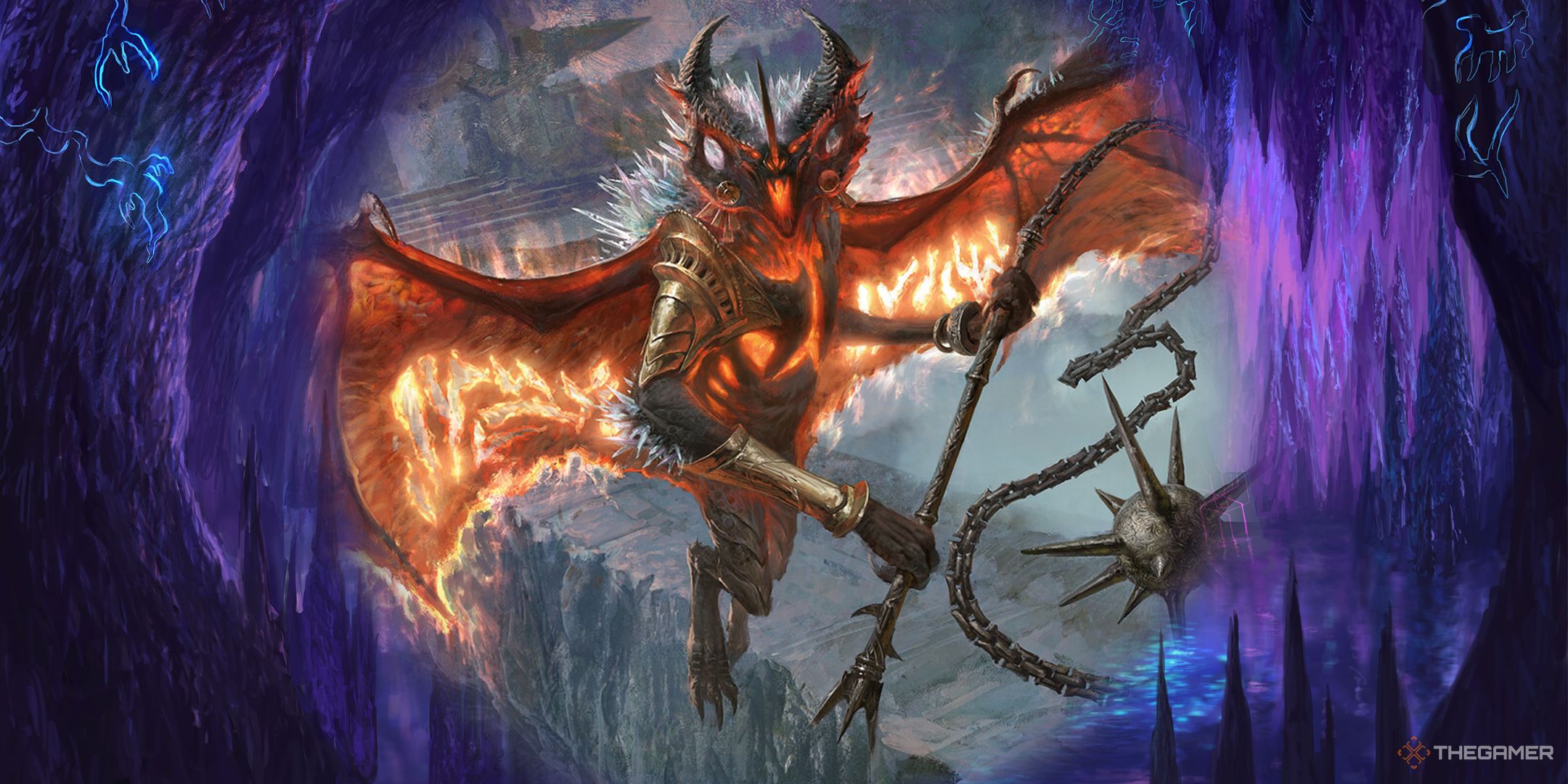
Related
Magic: The Gathering – The 10 Most Valuable Cards From The Lost Caverns Of Ixalan
Magic: The Gathering’s Lost Caverns Of Ixalan introduced some of the strongest and most valuable cards Standard has seen in a long time.
Of course, some cards can’t keep coming back forever. Finality counters make sure that once a card dies, it’s gone for the rest of the game. Here’s everything you need to know about them.
What Does A Finality Counter Mean?
When a card tells you to put a finality counter on a permanent, place a coin, die, or other marker on top of that permanent to indicate that it has the finality counter. As with all counters in Magic, you and your opponent should both be able to easily determine what kind of counter it is at a glance, and distinguish it from any other counters (such as +1/+1 counters) that may be in play.
If a permanent with a finality counter on it would go to the graveyard, it is exiled instead. That means it can’t be affected by cards that interact with the graveyard, including those that could bring it back into play or to its owner’s hand using Dredge.
Finality counters are often placed on creatures, but as long as it’s legal within the text of the card that creates the counter to do so, they can theoretically go on any kind of permanent, including enchantments, artifacts, lands, and planeswalkers. However, if cards are attached to a card with a finality counter, only the card with the counter is exiled.
For example, if a creature with a finality counter has an aura attached to it, then dies in combat, the creature is exiled because of the finality counter, and the aura goes to the graveyard because it no longer has anything to attach to, but does not have a finality counter itself.
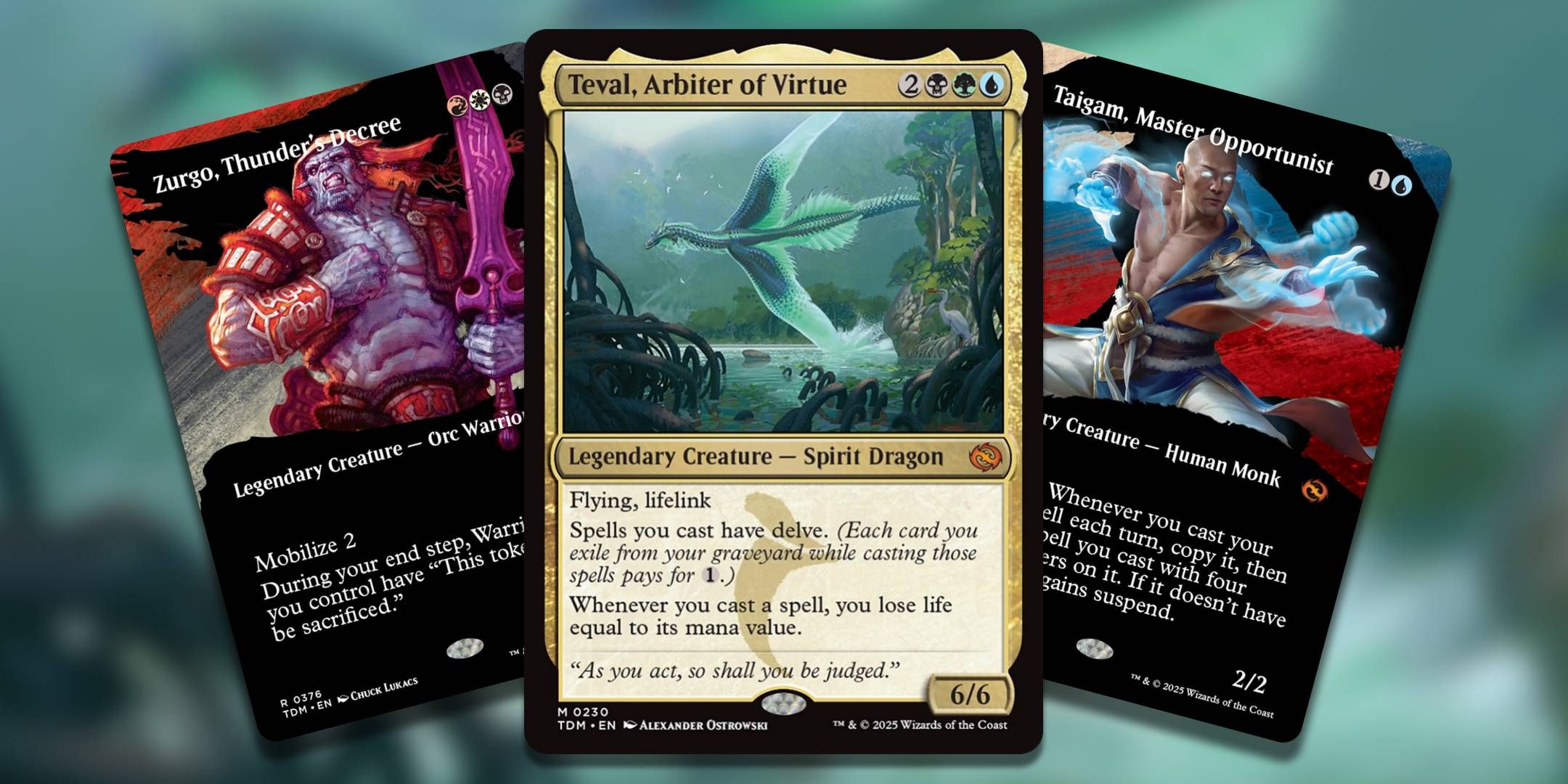
Related
Magic: The Gathering – The 8 Best Commanders In Tarkir: Dragonstorm
Legendary creatures are a plenty for any Commander fan to build around in Magic: The Gathering’s Tarkir: Dragonstorm set.
Important Things To Know About Finality Counters
Like any other counter, finality counters are removed if the permanent that they’re attached to leaves play. That means that if a card with a finality counter returns to a player’s hand, or is exiled and returns to play, the finality counter disappears; it can get a new one later, though.
Additionally, finality counters only cause cards to be exiled if they would go to the graveyard. Returning to a hand, being exiled by other means, or changing controllers will not trigger the finality counter.
Since cards with finality counters are exiled instead of dying, they don’t trigger any abilities that happen when a permanent dies or goes to the graveyard from play.
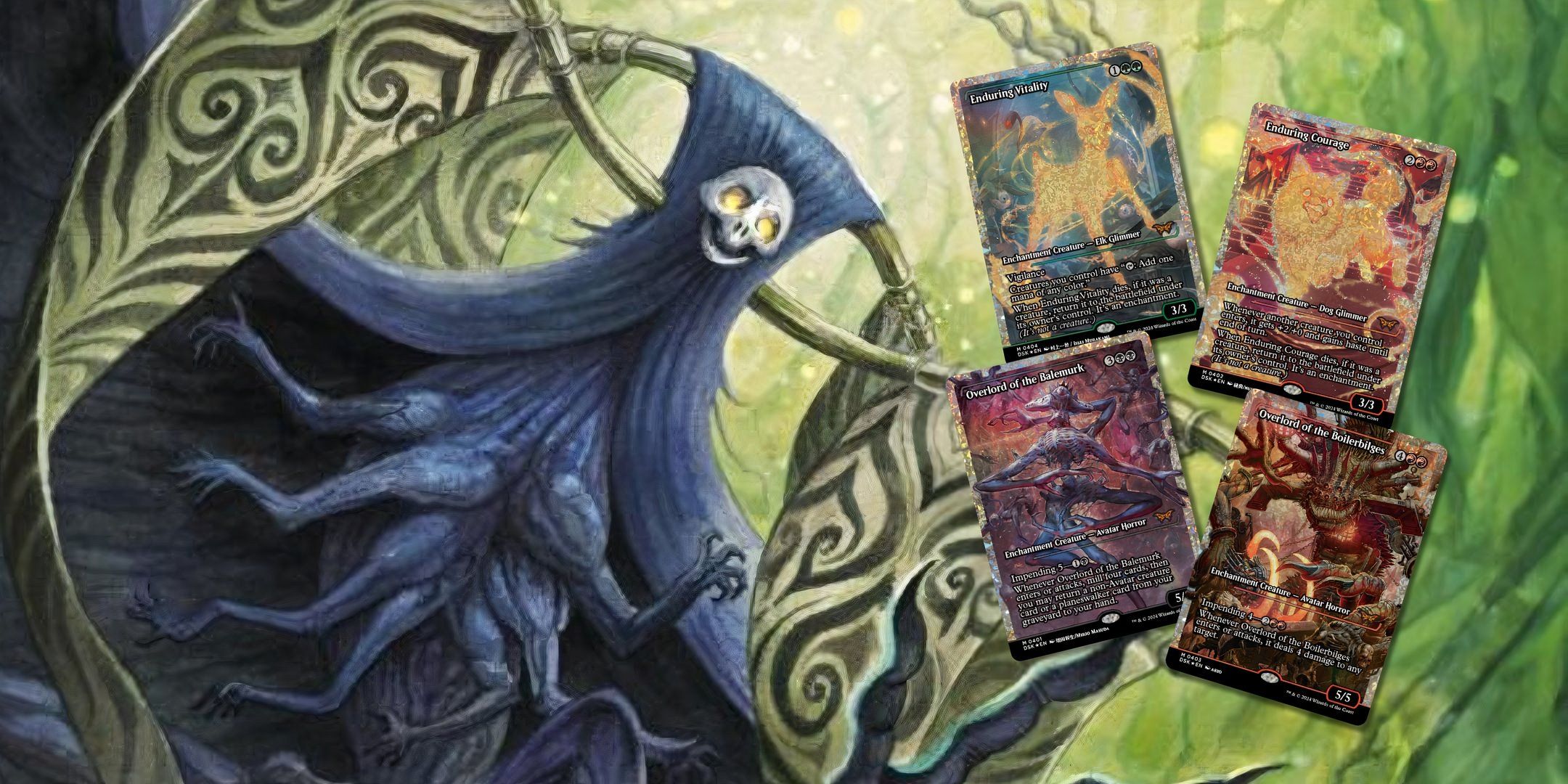
Related
Magic: The Gathering – The 13 Most Valuable Cards In Duskmourn: House Of Horror
Enter Valgavoth’s lair with the most valuable cards in Magic: The Gathering’s Duskmourn set.
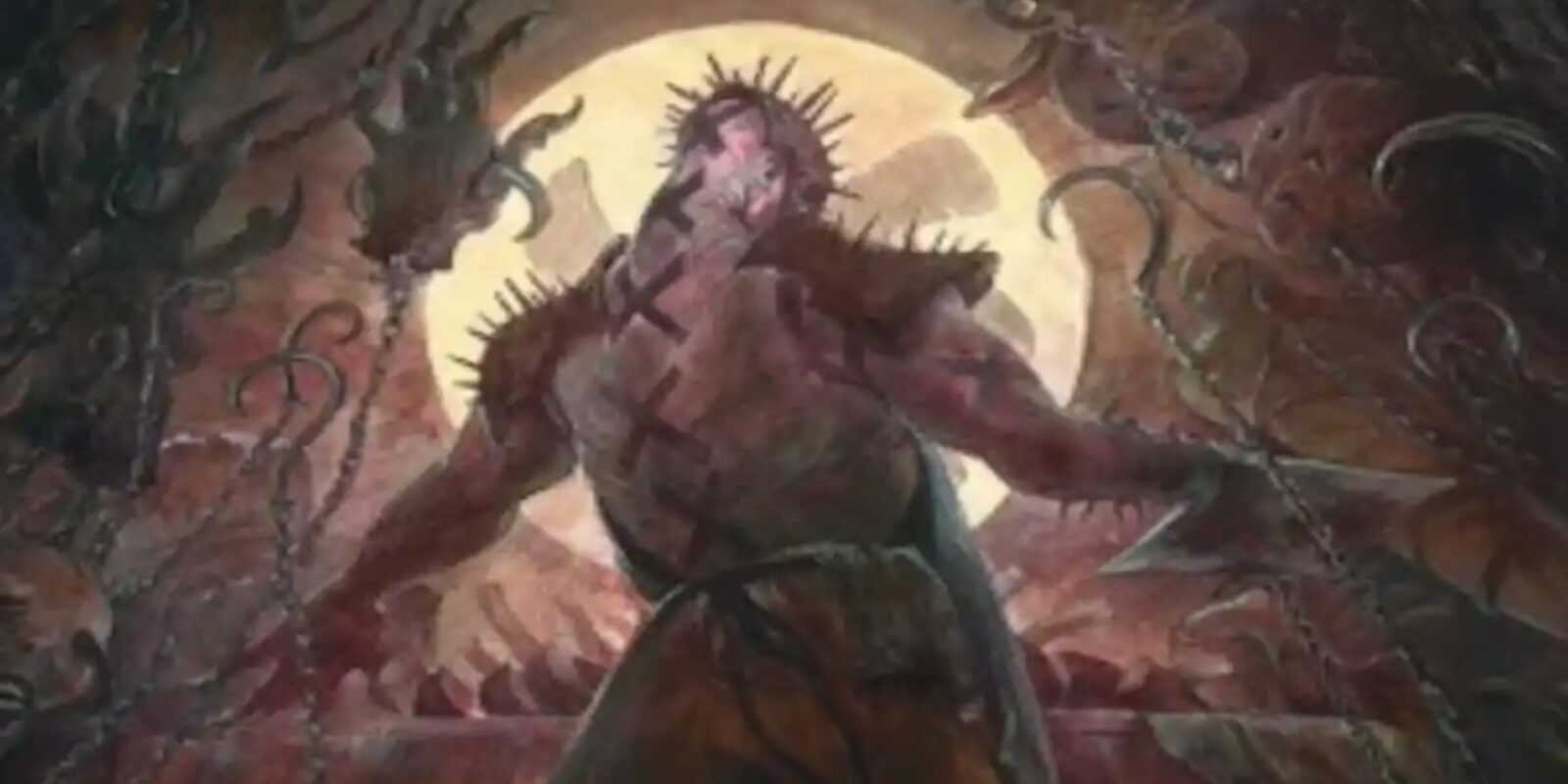






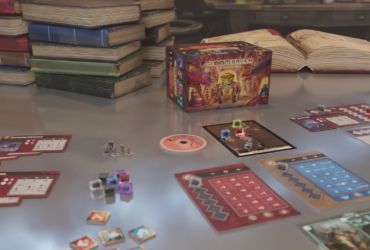
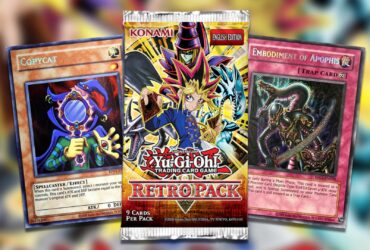


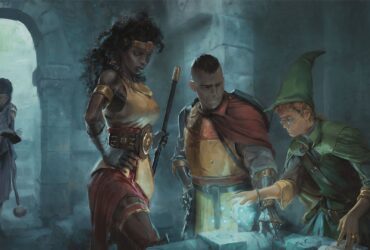
Leave a Reply